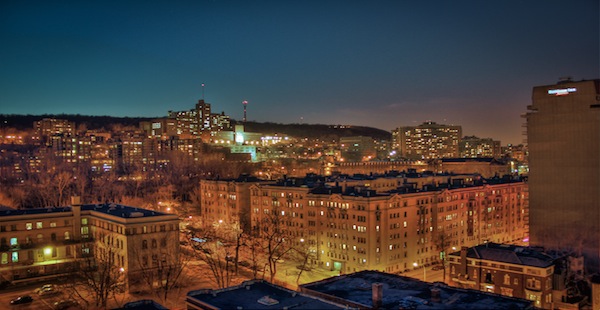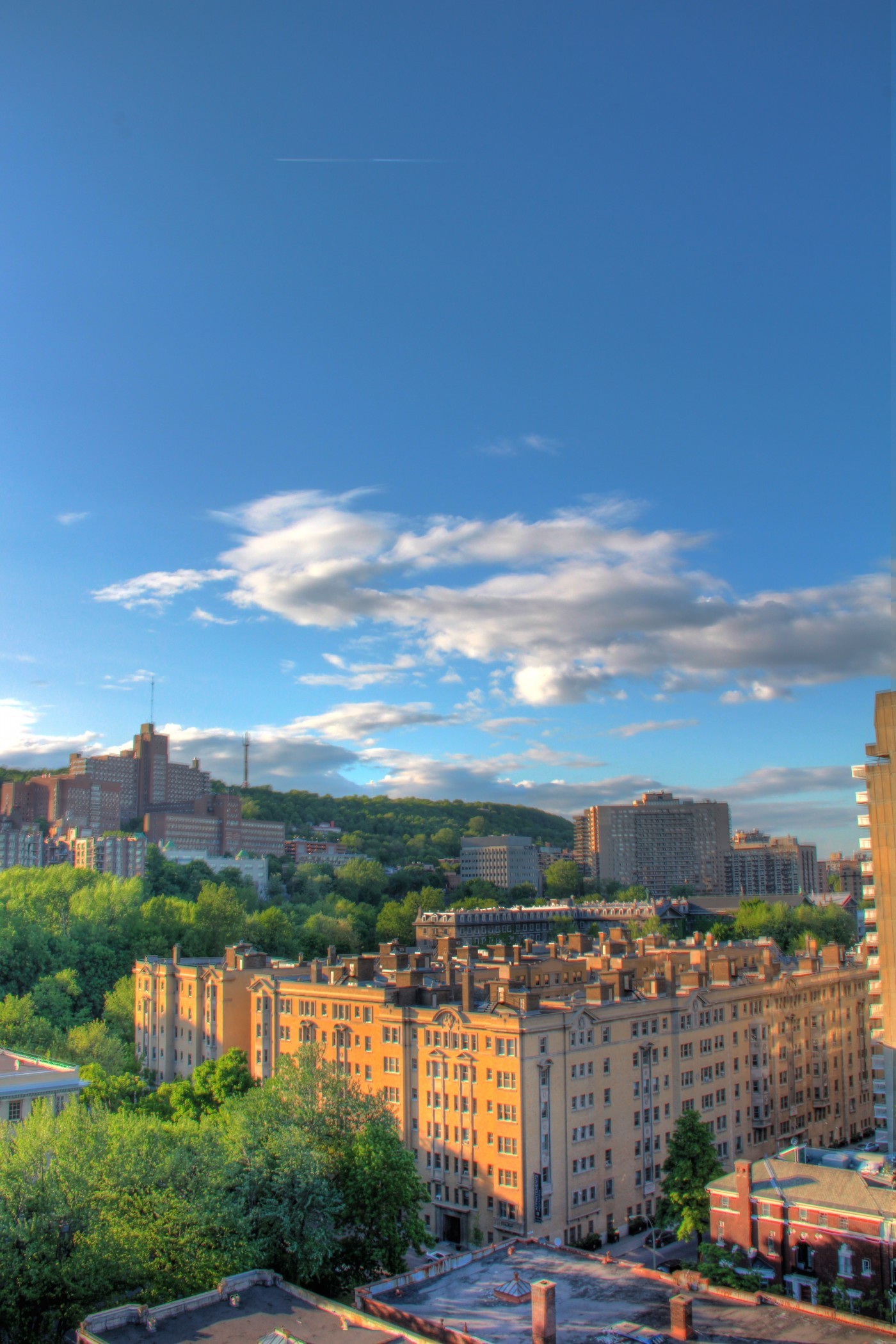Through the Lens: High Dynamic Range Imaging
A few years ago, I was inspired by a technique in photography called High-Dynamic-Range Imaging (HDRI). "Dynamic range in photography describes the ratio between the maximum and minimum measurable light intensities"(Sean McHugh n.d.). Normal cameras have a very limited dynamic range, which results in the creation of dark and overexposed areas. I was inspired by HDRI because I thought it would be a great alternative to using filters, as it allows for images with vivid color and effective brightness.

For those interested in the technical aspects: to produce an HDR image, I take multiple photos with different exposure values. My photograph above was produced using seven photos with an exposure value spacing of 2 stops each. It was also processed in Photoshop afterwards to primarily correct saturation and hue and also to add vignetting. The photo below was produced with only three photos and with same E.V. spacing.
In plain English, putting photos with different brightnesses together gives the image a unique and sharp look.


Comments
Aidan Ferguson
March 6, 2014This article, though a little short, does provide an interesting photography technique that I have not come across before. Though the author/photographer mentions some of the basic steps in their text, I would have liked a few screenshots to show the before and after images that make up the final products. It seems like a time consuming process and I would like to know more on what tools were used specifically. The images are fantastic in colour and composition. However, I wish that I could make them go full screen without losing their current level of detail. Another question, did the author use a tripod to get the night shot? Again, thank you for sharing your discovery of this interesting photography technique.
William Chien
March 9, 2014Hi, I took these photos. unfortunately, I cant post photos in comment section, but this is my email .(JavaScript must be enabled to view this email address) and I’ll be happy to mail you some samples. To answer you questions, I used Photomatix to create HDR images. If you enjoy playing with multiple exposure, that program will do the job too. Photomatix has very simple adjustments, so i sometimes process my photos in Photoshop or Lightroom. I didnt use a tripod for these photos, I leaned on my balcony to reduce shaking. Photomatix does have auto-match and ghost reduction options, but using a tripod is strongly recommended. I appreciate your admiration and feel free to mail me if you have more questions. cheers
Max Laramee
April 28, 2014This article really made me realize how much layering photos with different brightnesses can change the colour scheme completely! These photos are taken from pretty high up I’m assuming. I’ve always wanted to go rooftop exploring and taking vantage point photos (as soon as I get a new camera). How did you get up to these places? Mostly fire escapes? Or did you have get a little more creative than that?
You have to be registered and logged in in order to post comments!